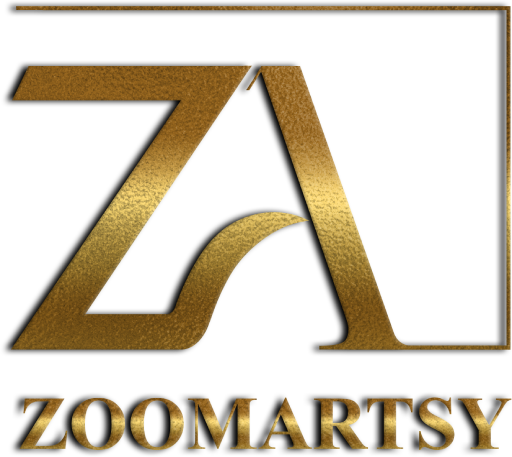In this article, we want to talk about Difference of Art Gallery and Museum? . Join us .
We all know art galleries or museums are the place to be to visit art exhibitions. However, although at first they seem to do the same thing, which is organizing exhibitions for the public, they are in fact completely different entities. But in what way are they different? What is their objective and organization?
An art gallery is a private and commercial enterprise curating exhibitions with its portfolio of artists while selling the exhibited artworks, whereas a museum is a public and non-commercial institution curating an exhibition program for cultural and educational purposes.
In order to have a good understanding of what this specifically means and how this is noticeable in reality, we we’ll take on different characteristics and compare them first with the art gallery and then with the art museum. As a result we will discuss their objective or purpose of existence, their organization, the main focus of the exhibition program, their services and the important role they play in the art world.
Further, we will discuss the blurring distinction between the art gallery and the museum due to the emergence of so-called ‘mega-galleries‘
Key Differences: Art Gallery versus Museum
A first key difference between the art gallery and the museum is their purpose of existence. The objective of an art gallery is to support artists by exhibiting their artworks, building their career and resume while earning money on a commission basis. Here, the art gallery works as a dealer who curates exhibitions.
However, the art museum does not make sales nor does it support and monitor the careers of certain artists. It is the main aim of a museum to curate a relevant exhibition program for the public to visit. Doing so, the objective of the museum is to contribute to the education of the public, supporting and contributing to the canonization and preservation of cultural heritage.
Due to this difference, art galleries are primarily focused on modern and contemporary art, whereas museums focus on any particular era.
For instance, the Louvre in Paris focuses on art from any era of history or other museums focus on a specific era, such as the Museum of Modern Art (MoMA) in New York who focuses primarily on Modern Art. Doing so, museums have different sections canonizing art history in rooms, catalogues and their collection in general.
As a result there are different types of museums, and not all museums are about art. Think of military museums, archeological museums, natural history museums, maritime museums or historic museums to name a few in which a specific collection of artifacts from a certain niche or domain is being collected and exhibited.
Doing so we arrive at a third difference between the art gallery and the museum, the ownership of the exhibited artworks. A museum has its own collection of artworks, whereas art galleries exhibit artwork who are still owned by the artists in question.
However, not all works on display are straight from the collection of the museum. It is in fact very common for temporary exhibitions to loan or lease-lend artworks from other museums or from private collections.
Art galleries offer artists the service to promote, support and monitor their careers whereas museums offer an educational service toward the public and their visitors.

As a result, the organization of galleries and museum are totally different. Most often, galleries have a limited number employees as the organization is private (with the exception from ‘mega-galleries’ – cf. infra) where all employees receive their salary from the gallery owner.
With museums, the organization is public with the museum being funded by the state, resulting in a larger organization with, generally speaking, more employees and larger infrastructures and public buildings.
A final key difference is the different role the art gallery or the museum in the art world. Generally speaking, the art gallery is the link between the artist and the art market. The gallery walks you through the art world towards being a successful artist .
In other words, working with an art gallery is the first step before an artist is able to work with a museum. Only when the artist is established in the art market and has become a relevant figure in the contemporary art scene, they can be invited by a museum. This is the next step for an artist towards being an established artist after having multiple shows at probably multiple galleries.
It is the aim of the artist and of the gallery to work towards recognition from the institutions such as the art museum. As a result, an exhibition with an art museum is a major distinction for any artist and a great asset on their artist resume.
In a nutshell, the role of the art gallery is to support artists and build their careers, being the link between the artist and the museum. On the other hand, the art museum is a recognition and an indication of quality and relevance for the art scene. In fact, doing so art galleries and museum work together very often. The art gallery represents the artist or the artist estate to help realizing the exhibition the museum wants to curate.




